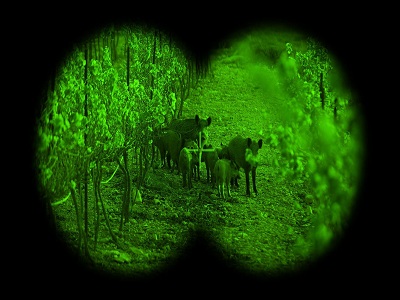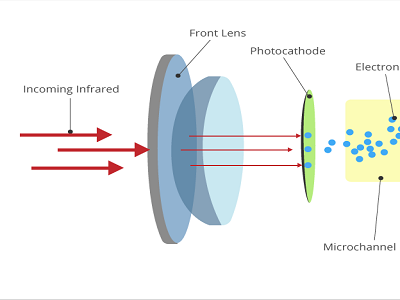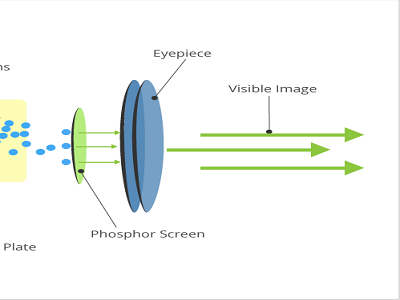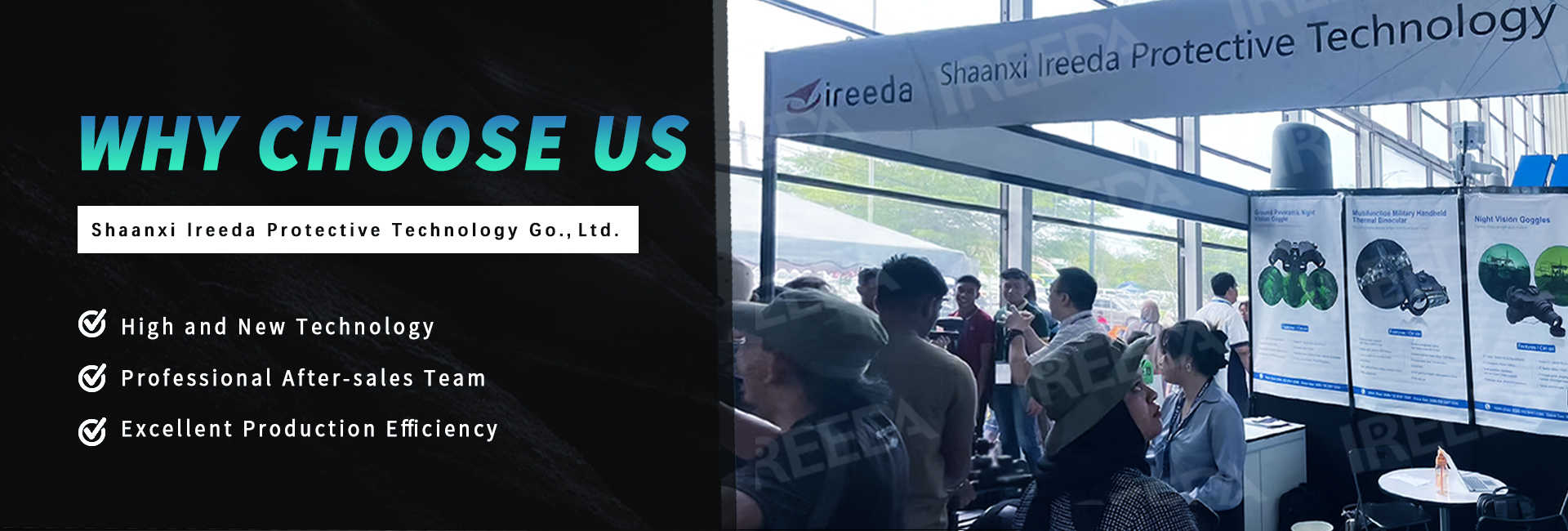How Does A Low Light Night Vision Device Work?
Engineer Manager:
MS. Melin,
WhatsApp:+86-18291418396,
Email: melin@ireeda.com
Ireeda, a professional and trustworthy manufacturer, we at Ireeda provide you best solution in Gen2+/Gen3 Night Vision Devices.
Today we are going to introduce you something you have been waiting for: how does a low light night vision goggles work, let’s begin~
1. Definition of low-light night vision device
Low-light night vision device uses natural light at night (such as weak moonlight, starlight, atmospheric glow, etc.) , with the help of an image intensifier (also called an image intensifier tube) to amplify the weak photons reflected back from the target and convert photons into visible images for people to observe at night.
2. The core component of night vision device-image intensifier tube
According to the generation of the image intensifier tube, night vision devices can be divided into 1st generation, 2nd generation, 3rd generation, etc. What can really be called low-light night vision devices are night vision devices of the 2nd generation or above. The 1st generation night vision device must rely on infrared auxiliary lights to achieve night observation.The low-light night vision device we usually call does not require an active light source.

As the core component of night vision device, the image intensifier tube plays a vital role. The image intensifier tube is mainly composed of three parts, namely the cathode surface, the microchannel plate, and the fluorescent screen. The three parts are closely arranged inside the image intensifier, which is completely vacuum. The purpose of the vacuum is first to prevent air from interfering with the electrons, and also to prevent components from being oxidized by air.
The main difference between the 2nd generation night vision goggles and the 3rd generation night vision goggles is the type of cathode side of the image intensifier. Usually the cathode surface of the 2nd generation night vision device is S25, and the cathode surface of the 3rd generation night vision device is (GaAs) gallium arsenide. The two cathode surfaces have different photosensitive abilities, and the third-generation night vision device is better.
3. How low-light night vision devices work
When ambient light at night enters the night vision device through the objective lens, the first thing it encounters is something called a photocathode. Photons shine up, electrons fly out, and light is converted into electricity. Under the influence of the electric field, the electrons continue to move forward. The second layer is called a microchannel plate. There are many small channels evenly distributed on it.


Each channel is more than ten micrometers long. The channels are more than ten micrometers apart and the channels are inclined at 8 degrees. This is a magical place. After electrons enter, they will collide with the channel. Each collision will knock out more electrons. New electrons will continue to collide forward. The effect is that one electron goes in and tens of thousands of electrons rush out, so the signal is greatly enhanced. The electrons continue to rush to the third layer under the action of the electric field, and the third layer is the fluorescent screen. As long as the electrons are hit, they will emit fluorescence, and the electricity will turn back into light, and we can see the enhanced image.
That would be all for today’s introduction. Below are some related products of ours, you can click to see which one do you prefer and then discuss it with us. Hope you have a nice day! Bye!
PVS14
https://www.youtube.com/watch?v=p_U8KkX11cA
PVS7
https://www.youtube.com/watch?v=r3UTM_3CyPQ

Engineer Manager:
MS. Melin,
WhatsApp:+86-18291418396,
Email: melin@ireeda.com

